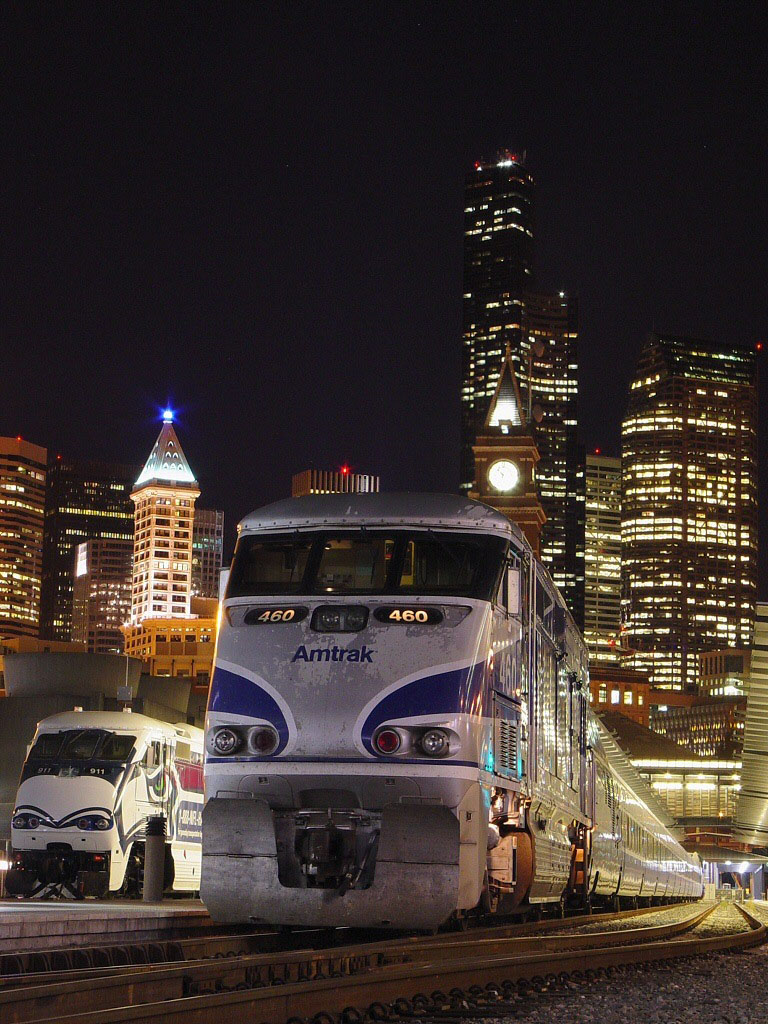 Throughout his campaign for governor, Governor-Elect John Kasich (R) repeatedly stated that he had no intention of ever moving forward with the 3C Rail project, a train that would have connected Cleveland, Columbus, Cincinnati, and Dayton. So with Secretary LaHood’s announcement on Thursday that the $400 million for the 3C rail project was being taken away, he made Kasich’s campaign promise of “the train is dead” a reality, right?
Throughout his campaign for governor, Governor-Elect John Kasich (R) repeatedly stated that he had no intention of ever moving forward with the 3C Rail project, a train that would have connected Cleveland, Columbus, Cincinnati, and Dayton. So with Secretary LaHood’s announcement on Thursday that the $400 million for the 3C rail project was being taken away, he made Kasich’s campaign promise of “the train is dead” a reality, right?
Well, All Aboard Ohio, an advocacy group for inter-city travel in Ohio, is saying otherwise. In fact, in a press release they stated that the Dept. of Transportation is moving prematurely in redirecting the funds.
“Until grant agreements with the new state recipients have been signed, we don’t consider this a done deal,” said All Aboard Ohio President Bill Hutchison, noting that it often takes months to finalize such agreements.
With just under a month left in the term of Governor Ted Strickland (D), the nonprofit believes there is still time to act.
“We are calling for an open, honest dialogue between Governor Strickland, Governor-Elect Kasich and potential 3C partners to consider an alternative that could be instituted within the same time frame ODOT was expected to move forward with 3C,” said Hutchison.
Ironically, Thursday’s announcement came only hours after a plan to pursue the 3C project without state involvement was released. Created by All Aboard Ohio and others, the plan calls for the creation of a Joint Powers Authority (JPA). If created, the JPA would consist of local governments and transit authorities which could then grant a franchise to a private group who would operate the rail service. The group would finance the project through, among other things, revenue generated by station leases, food service, and advertising.
“With looming threats of unprecedented global oil shortages by 2015, the Baby Boom generation starting to turn 65 years old in 2011 and young Ohioans leaving for states that don’t force them to drive everywhere, now is not the time for Ohio leaders to let this money slip away,” Hutchison concluded.
